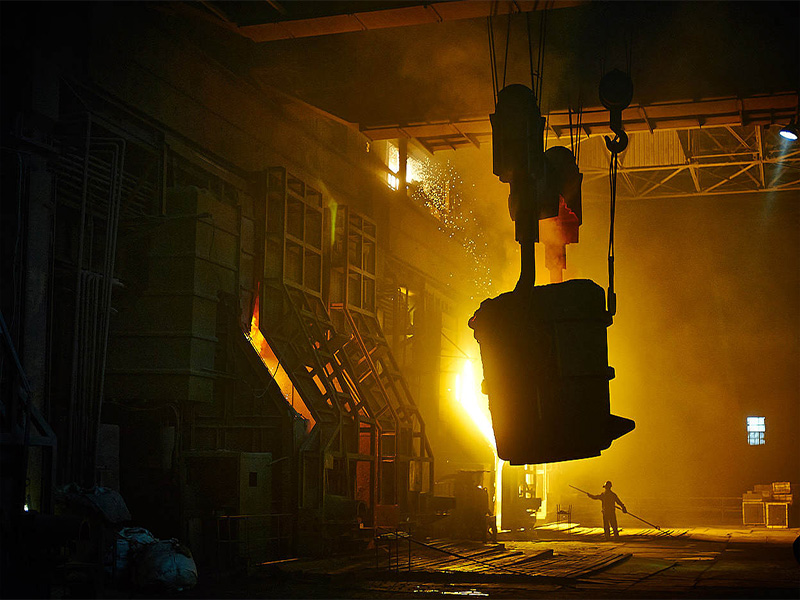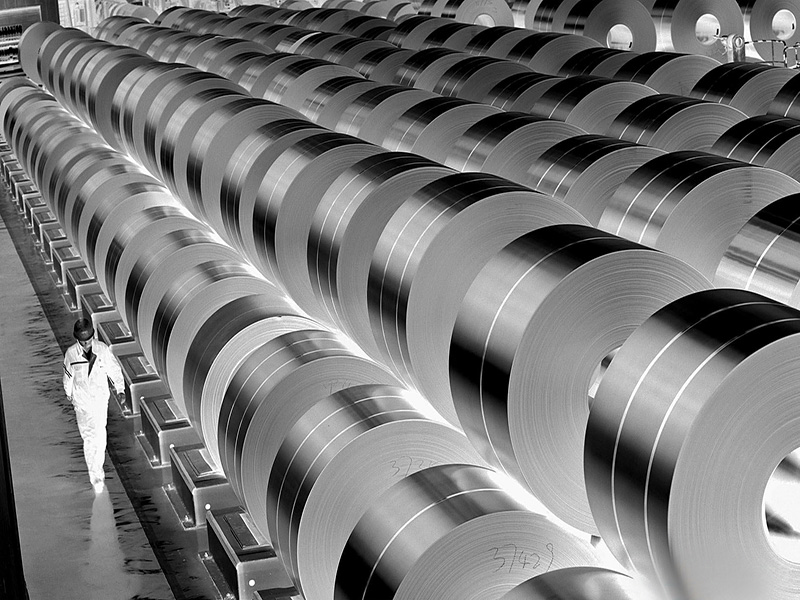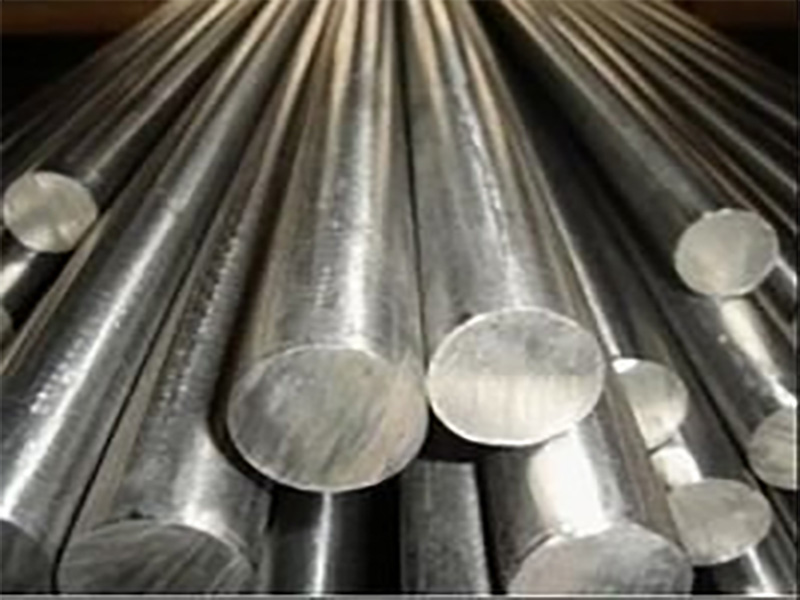

Phosphate treatment is a commonly used pretreatment technology, which belongs to chemical conversion membrane treatment in principle. Engineering application is mainly iron and steel surface phosphating, but non-ferrous metals such as aluminum, zinc parts can also be used phosphating.

The workpiece (steel or aluminum, zinc) immersed in phosphating solution (some acid phosphate based solution), deposition on the surface of the formation of insoluble crystalline phosphate conversion film process, known as phosphating.
The method of putting metal into phosphate solution containing manganese, iron and zinc for chemical treatment, so that a layer of phosphate protective film is formed on the metal surface, which is difficult to dissolve in water, is called phosphate treatment of metal. The phosphating film layer is microporous structure, firmly combined with the matrix, with good adsorption, lubricity, corrosion resistance, non-adhesion to molten metal (Sn, Al, Zn) and high electrical insulation, etc.

According to the processing temperature: High temperature type (75-100℃, energy consumption, phosphating deposition, phosphating film thickness up to 10-30g/㎡), medium temperature type (50-75℃, processing time 5-15min, phosphating film thickness up to 1-8g /㎡), low temperature type (30-50℃) and normal temperature type (10-30℃, energy saving, easy to use, In addition to the addition of oxidizer accelerator, energy consumption is small, but the solution preparation is more complex, film thickness up to 0.2-7g/㎡).
According to the composition of phosphating liquid: zinc phosphating, zinc calcium phosphating, zinc manganese phosphating, iron phosphating, manganese phosphating and compound phosphating.
According to phosphating treatment methods: chemical phosphating, electrochemical phosphating.
According to phosphating film quality: heavyweight (film weight 7.5g/㎡ above), heavyweight (film weight 4.6-7.5g/㎡), lightweight (film weight 1.1-4.5g/㎡) and lightweight (film weight 0.2-1g/㎡).
According to the construction method: impregnated phosphating, spray phosphating and brush phosphating.
The function of Phosphate treatment before coating: enhance the binding force between coating film (such as coating coating) and workpiece; Improve the corrosion resistance of the workpiece surface coating after painting; Improve decoration.
Non-coating phosphating function: improve the wear resistance of the workpiece, so that the workpiece has lubricity in the machining process; After proper post-treatment, the wear resistance of the workpiece can be improved.
Phosphate treatment application: Phosphate treatment film is mainly used as the bottom layer of coating, lubricating layer of metal cold working, protective layer of metal surface and used as insulation treatment of motor silicon steel sheet, anti-stick treatment of die casting mold, etc. It is widely used in automobile, ship, aerospace, machinery manufacturing and household appliances and other industrial production.

Steel surface coating pretreatment process refers to degreasing (degreasing), rust removal, surface adjustment, phosphating. However, because the condition of workpiece surface is different, the production process is also different, there is no degreasing or rust removal process in some process, and there is no surface adjustment process in some process, but phosphating process is absolutely indispensable.
In the process of painting, if the grease, oxide and rust layer are not removed, and the phosphating is not carried out, the paint and electrostatic spraying are directly carried out, the coating on the surface of steel will fall off, and the significance of painting will be lost.
At present, the metal processing industry at home and abroad, thin plate processing industry, petroleum industry and automobile, bicycle, high and low voltage switch cabinet, security door, railway and other manufacturing industry is generally used in medium and high temperature phosphating, there are inconvenient operation, energy and material consumption, frequent adjustment, uneven film formation, high cost problems. In order to solve the above problems, normal temperature phosphating has become an inevitable and research topic in the international phosphating industry. Phosphating at room temperature can not only effectively reduce energy consumption, but also solve the problems of inconvenient operation, large material consumption, frequent adjustment, uneven film formation and high cost.

For Further Details,Please Feel Free To Contact Us: